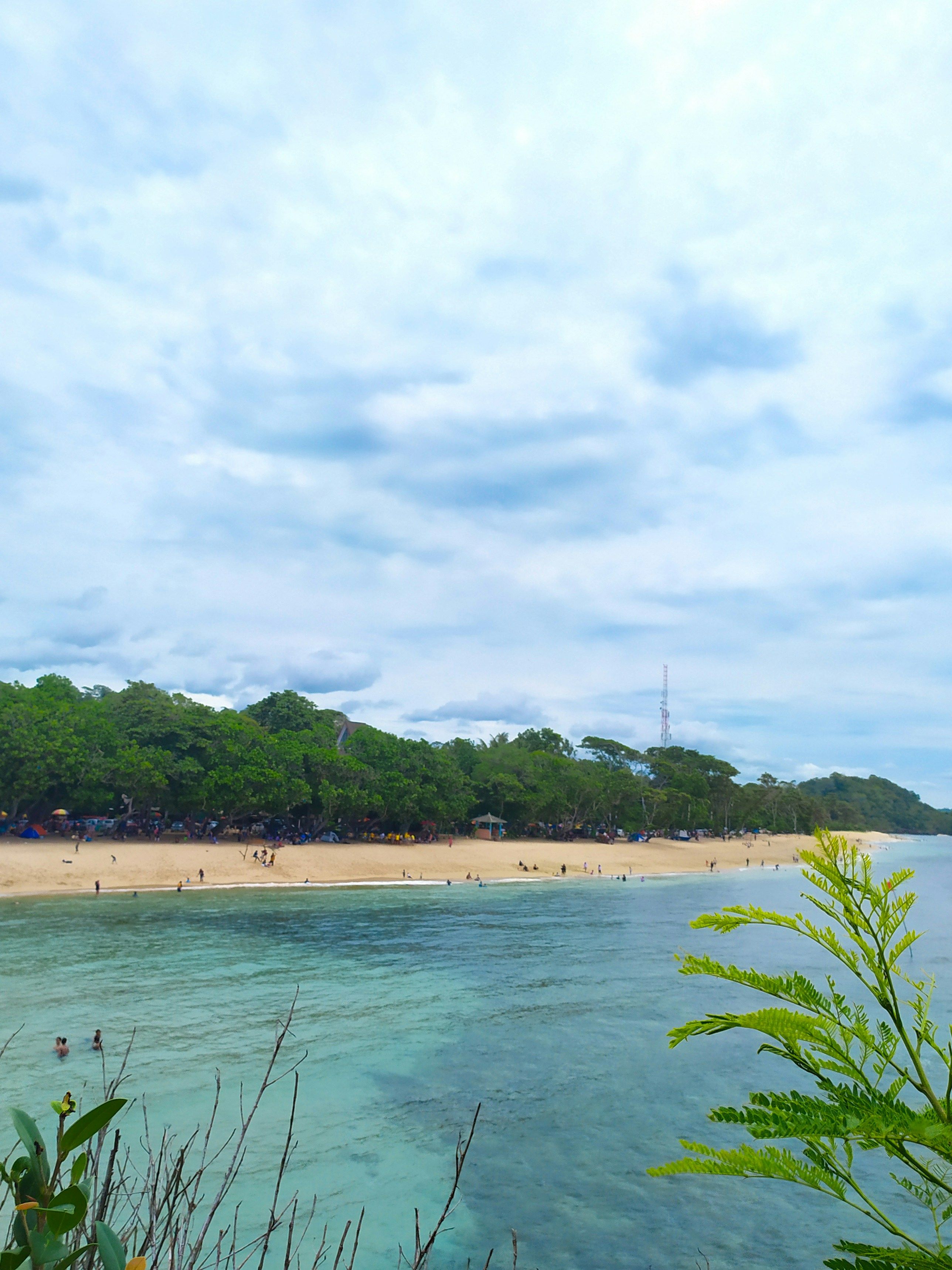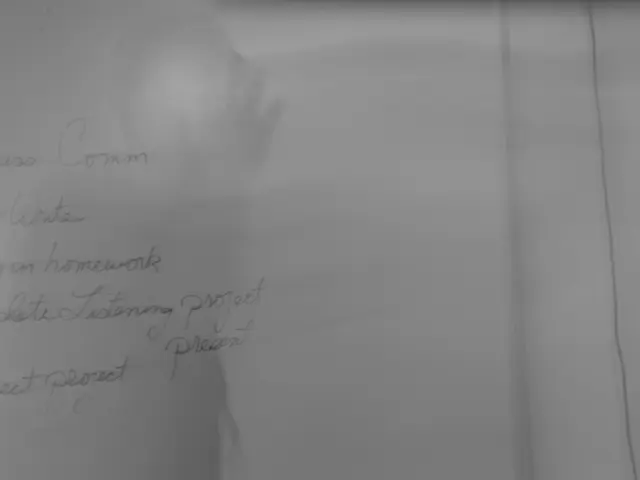Mortgage application denials have seen a significant decrease among banks.
In a recent shift, Russian banks have started approving more mortgage loan applications, according to data from the National Credit History Bureau (NCHB). The rejection rate dropped to 46.1% in March, the lowest figure since the same month the previous year. This marks a significant decline from the January-February 2025 period, where the rejection rate hovered around 54.4-54.6%.
This change could be attributed to several factors. One of them is an increase in the size of the subsidy banks receive from the federal budget for issuing loans at preferential rates, explainsAlexei Volkov, Director of Marketing at NCHB. This enhances the profitability of subsidized products, encouraging banks to loosen their selection criteria.
State programs continue to drive housing loan issuance, accounting for almost 95% of the total issuance volume at VTB, 80-86% at "Dom.RF" bank, and 70% at Sber's clients, according to bank reports.
Another factor contributing to the increase in approvals is a slight correction of rates on market programs, welcoming quality borrowers considering this option. This shift is evident in the increase in the share of market programs, which reached 14.6% in April 2025, an increase of 1.5 p.p. compared to March.
However, experts warn that despite the current trend, funding costs remain high, and the new compensation size may not make loans financially attractive for banks, especially without the ability to charge fees from builders. Furthermore, quantitative restrictions that come into effect in the third quarter of 2025 could potentially lead to a decrease in the approval indicator, bringing it back to average levels of 2024.
In the grand scheme, the mortgage market in Russia is exhibiting a cautiously positive trend, with lending forecasted to grow by about 3%-6% in 2025. This growth is supported by government subsidies and targeted adjustments in market rates, but it is tempered by tighter Central Bank controls and a higher interest rate environment. Subsidized lending programs remain crucial in sustaining demand, although regulatory measures aim to contain systemic risks and protect borrowers. Overall, the outlook suggests continued, albeit cautious, growth in mortgage approvals under controlled government support and carefully managed credit conditions.
[1] Mortgage loans are expected to grow by 3%-6% in 2025, despite an overall expected decline in consumer loans.[2] State subsidies for mortgages have nearly doubled since 2022, reaching around 1.7 trillion rubles between 2022 and 2024. These subsidies account for nearly 70% of mortgage lending growth in early 2024.[3] The Central Bank of Russia has imposed direct restrictions on mortgage lending to prevent excessive risk.[4] The Central Bank also introduced protections for borrowers, such as allowing mortgagors to sell their housing independently to repay debts.[5] The IT mortgage program still remains attractive due to a capped interest rate of up to 6% per annum, even as the Central Bank raised its key rate to 19% in September 2024. The government extended the IT-specialist mortgage program until 2030.
- The growth in mortgage loans is anticipated to be between 3-6% in personal-finance terms, despite a projected decline in consumer loans in 2025, highlighting the significant role of government subsidies in new business ventures such as real estate investing.
- The government's substantial increase in state subsidies for mortgages, reaching approximately 1.7 trillion rubles between 2022 and 2024, has nearly doubled in value compared to 2022, signifying a substantial impact on personal-finance decisions, especially when it comes to purchasing a home.




